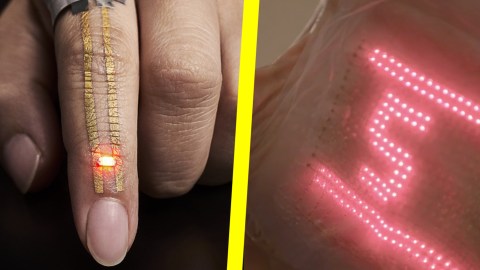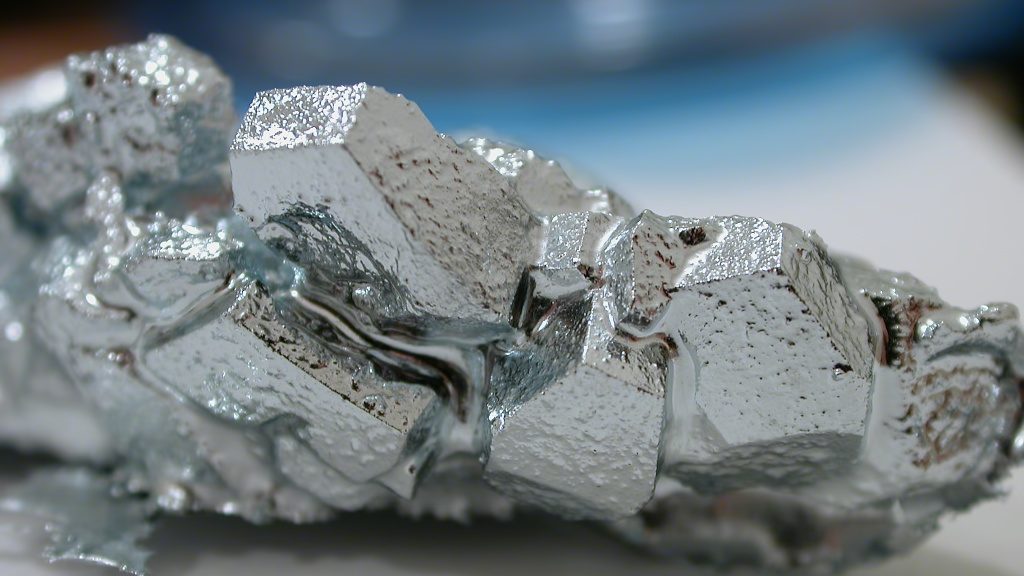New e-skin displays your vital signs on your hand

A team from the University of Tokyo led by Takao Someya has just announced the development of a new flexible film that can display animated graphics on your skin. Imagine a graphic heart rate monitor on the back of your hand or a display of a diabetic’s blood sugar. Various teams of scientists—including Someya’s—have been working for some time on wearable displays, but they keep coming up against a difficult challenge: all the films they’ve tried irritate and inflame the skin if worn for any length of time. What Someya’s team now brings to the table is something different: an ultra-thin, non-allergenic e-skin that can accommodate the needs of the wearers’ own skin while still being capable of displaying animated graphics. Their research was published in Nature Nanotechnology.
The primary problem with previous e-skins is that the materials—including rubber and other elastic materials—aren’t gas-permeable. They block airflow and prevent a wearer’s skin from sweating. In a short time, the skin becomes irritated and inflamed and the material must be removed. The trick to the new e-skin is that it’s a not a solid substrate film, but a nanoscale mesh that allows gases in and out. The team tested it along with other commonly used materials, including thin rubber sheets and plastic foil, and found it out-performed everything else in permeability.
Having tested it on 20 subjects, Someya’s new e-skin has shown it can be worn for a week without causing any inflammation. “We learned that devices that can be worn for a week or longer for continuous monitoring were needed for practical use in medical and sports applications,” says Someya.
The e-skin contains a water-soluble polymer, polyvinyl alcohol (PVA), that interacts as an electrode with a layer of gold. The device sticks to the wearer’s skin with a simple spray of water that dissolves the PVA. It has no trouble attaching to skin ridges, curves, or even the fingerprint area of an index finger.
Embedded in Someya’s e-skin is a 24 by 16 array of micro-LEDs that display characters, digits, and animations. The e-skin is very sturdy, surviving 10,000 lab bend and stretch tests.

(Someya Group Organic Transistor Lab)
And even after that, the e-skin’s reliability as an electrode for electromyogram recordings remained comparable to standard gel electrodes.

(Someya Group Organic Transistor Lab)
Someya says that eventually, “It will become possible to monitor patients’ vital signs without causing any stress or discomfort.” He envisions doctors being able to track patients’ health remotely via embedded WiFi or other transmission electronics.
—





